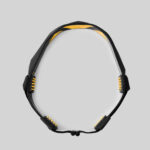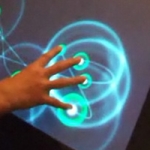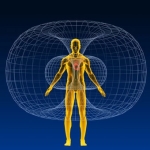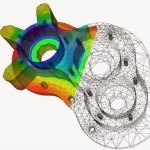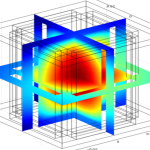Osteoarthritis (OA) is commonly seen among older populace and it is the most widespread of arthritic type. It is a degenerative joint disease where cartilage slowly wears away. Due to stress, knee joints can be frequently injured and damaged. The early detection of KOA could aware people to retard the progression of the ailment. Motivated by this, the paper investigates an automatic method to quantify the thickness of cartilage in tibia femoral joint of knee. The estimation of thickness of articular cartilage of knee plays an important role in determining OA level.
Scope:
- Detecting any abnormality at the early stages
Early detection of Knee OA is of great interest to orthopaedists, rheumatologists, radiologists and researchers. It is possible to detect knee osteoarthritis by measuring changes in selected articular cartilage features. The research adopts various image processing techniques on 2D Magnetic Resonance Image (MRI) of knee. Cartilage thickness will be measured and compared with the standard cartilage thickness given by research groups. KOA classification need to be done based on this data.

(Image Courtesy: http://orthosurg.ucsf.edu/patient-care/divisions/arthritis-and-joint-replacement/conditions/osteoarthritis-of-the-knee/)



